Throughout history, various cultures and civilizations have turned to psychedelics as a means of exploring altered states of consciousness. While these substances have been used for a variety of purposes, from medicinal to recreational, there is evidence to suggest that they may have played a key role in the development of religion.
The use of psychedelic substances can be traced back thousands of years, with evidence of their use found in ancient cultures across the globe. For example, the use of psilocybin mushrooms can be traced back to prehistoric times, with evidence of their use found in rock art and other artifacts dating back thousands of years. Similarly, the use of ayahuasca has been a central part of Amazonian shamanism for centuries.

One of the most well-known examples of psychedelics being used in a religious context is in the ancient religion of the Maya. The Maya used a substance known as balché, which is made from the fermented bark of a tree, in their religious ceremonies. This substance was believed to connect them with their gods and spirits, and was used to induce altered states of consciousness.
Another example of the use of psychedelics in religion can be found in the ancient Greek religion. The Eleusinian Mysteries were a series of secret religious ceremonies that were held in honor of the goddess Demeter and her daughter Persephone. Participants in these ceremonies consumed a substance known as kykeon, which is believed to have contained ergot, a natural source of the psychedelic compound LSD. The experiences that participants had during these ceremonies were said to be transformative and life-changing.

While the use of psychedelics in Christianity is not widely known or accepted, there is evidence to suggest that psychedelic substances may have played a role in the early Christian church. One of the key pieces of evidence comes from the work of John Marco Allegro, a scholar of ancient Near Eastern languages and the Dead Sea Scrolls. In his book, "The Sacred Mushroom and the Cross," Allegro argued that the early Christian church used psychedelic mushrooms, specifically the Amanita muscaria mushroom, as a sacrament. Allegro based his theory on linguistic analysis of biblical texts and comparative mythology, as well as on the use of similar mushrooms in other cultures. While Allegro's theory has been controversial and heavily criticized, it does suggest that psychedelics may have played a role in the early development of Christianity.

In more recent times, the use of psychedelics in religion has continued, with the development of the Native American Church and the use of peyote in their religious ceremonies. Peyote, which contains the psychedelic compound mescaline, is used by members of the Native American Church to connect with their ancestors and the spiritual world.
While the use of psychedelics in religion has been controversial and often misunderstood, there is evidence to suggest that these substances have played a key role in the development of religious practices and beliefs. By inducing altered states of consciousness, these substances may have provided people with a way to connect with the divine and explore the mysteries of the universe.
In conclusion, the historical evidence suggests that psychedelics may have played a key role in the creation of religion. By inducing altered states of consciousness, these substances may have provided people with a way to connect with the divine and explore the mysteries of the universe. While the use of psychedelics in religion is controversial, it is an important part of our cultural and spiritual history that should be understood and respected.
Supporting Evidence:





